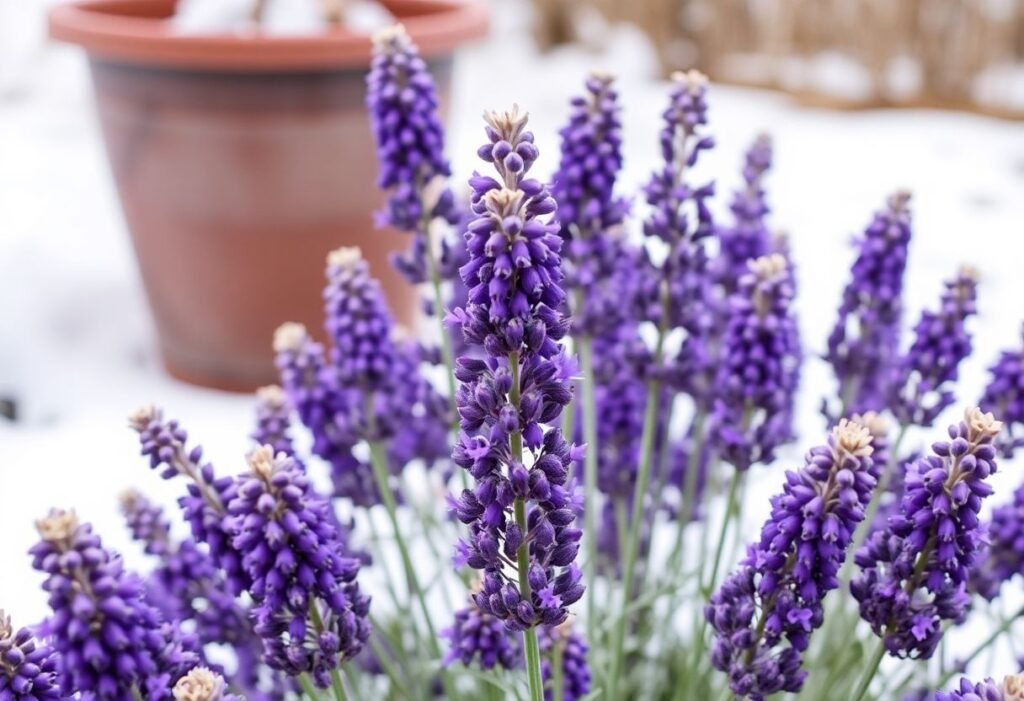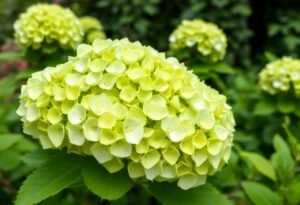Why is Winterizing Lavender Important?
Preparing your lavender plants for winter is crucial to protect them from freezing temperatures and potential rot. Winterizing lavender plants helps shield the roots from frost damage and conserves moisture levels. Healthy, well-prepared plants are better equipped to flourish in the spring, making them a beautiful centerpiece in your garden.
The Best Time to Winterize Lavender
The perfect time to start winterizing lavender plants is in late fall, as temperatures begin to drop consistently. Keep an eye on weather predictions—if extremely cold weather is on the horizon, take action to protect your plants sooner rather than later.
Pruning Lavender Before Winter
One of the vital steps in winterizing lavender plants is pruning. Trimming dead or damaged stems will help your plant breathe better and focus its energy on growth for the spring. Aim to cut back about a third of the plant’s height, giving it room for new shoots.
Preventing Moisture Damage
While lavender loves sunlight and dry conditions, excess moisture can lead to its demise in winter. Part of winterizing lavender plants involves ensuring proper drainage after rainfall or snow. Consider adding sand to the soil to improve drainage and minimize water retention.
Using Plant Covers for Winter Protection
If you live in an area with brutal winters, consider using protective coverings for your lavender. You can use straw, leaves, or specialized plant covers. These materials will help insulate the roots and maintain a stable temperature throughout the cold months.
Regularly Check on Your Plants During Winter
Throughout winter, it’s essential to keep an eye on your lavender plants. Ensure that water does not pool around the roots, which could lead to rot. Winterizing lavender plants also means monitoring the integrity of your plant covers to ensure they haven’t been dislodged by wind or snow.
Preparing for Spring
As winter gradually yields to spring, it’s time to prepare your lavender for the upcoming growing season. Gently clear away any snow and debris, and tweak your plants for optimal regrowth. Additional pruning may be necessary to encourage healthy new shoots.
Conclusion
Winterizing lavender plants is the key to their success in the challenging winter months. Remember to prune wisely, protect against moisture, and monitor your plants. By taking these steps, you ensure your lavender will be healthy and vibrant when spring arrives. Start winterizing today for a stunning garden tomorrow! Disclaimer This article is for informational purposes only and should not replace professional gardening advice.

















